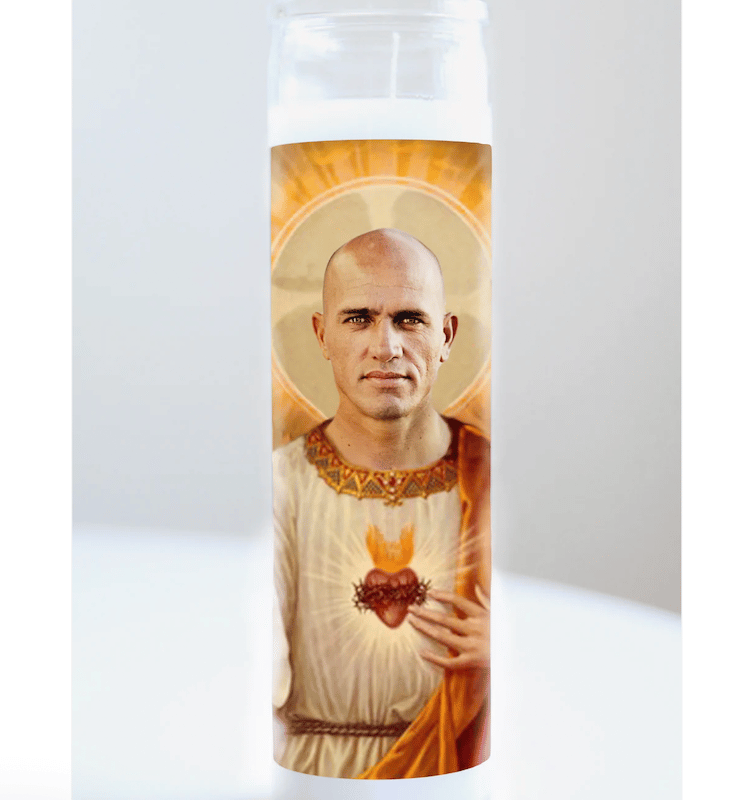The ride is all that matters. The ride and the ocean setting. Right? It should be, but no.
Surfing is no longer hip, but lack of hipness doesn’t matter.
When it stopped being hip is open to debate—somewhere between Gidget and the recent announcement of Seaworld Orlando’s admittedly freaking awesome Pipeline Surf Coaster, although my strong belief is that, hipness-wise, we voluntarily tore off our own epaulets in the late 1970s, when we leaned hard into stickers and logos.
The more interesting question is: So what?
Surfing is no longer hip or cool; who cares? We’re still out there riding, surrounded by ocean—we are leaving wavepools out of the discussion; I’m barely juggling the topic as is—and in that moment surfing at its core is the same half-magic ultimate-pleasure activity it was 50 or 100 or 500 years ago.
At the end of History of Surfing, which is by and large a 500-page overview of change and transition, and how such developments can be both thrilling and discouraging, I talk about our “appreciation for what can’t be changed.”
No violation against any accounting of surf history is committed by pointing out that eras, movements, innovators, and champions are all secondary ways in which surfing defines and distinguishes itself. What counts the most—the only thing that counts, in the final tally—is the ocean setting. The sport is attached to the hem of a natural force so vast it can drain the power from a howling continent-sized storm, refine it, and deliver it ten days and 3,000 miles later in a smooth and elegant ocean-going processional. For a few seconds at a time we get to ride that current. Surf history is so many banners and streamers waving from this single, incredible natural fact.
Hipness, you would think, is one of those streamers flapping around back there, beaver-tail-like.
The ride is all that matters. The ride and the ocean setting. Right?
It should be, but no.
Not for me, anyway, not in my heart.
I want hip. I miss it.
In 1977, publisher Steve Pezman approved a three-word SURFER cover blurb, just above a back-lit photo of a non-celeb riding an unnamed Hawaiian break, that read “The Secret Thrill.”

I bring this up because doing something as arcane (“secret”) as it is attractive and compelling (“thrill”) is itself a not-bad definition of hip.
Surfing at that point was still off to the side, culturally, and valued as such. A long time ago I asked Barton Lynch what his greatest achievement was as a surfer, and without pause he said, “Driving to the beach when everyone else is driving the other way.”
Lack of hipness is not a deal-breaker, obviously.
Hip doesn’t last.
But still—the cake is nicely sugar-dusted and cherry-topped when everyone else is driving the other way.









